I was in Peet’s today, waiting for a guy to make me a pot of (too much leaves) keemun. When he was preparing the pot, I noticed something — he actually warmed the pot.
That was a surprise for me. I didn’t expect to see it. Perhaps Peet’s is more meticulous, or perhaps because this guy drinks tea, or perhaps because this is Portland? Pot warming, methinks, does help you up the temperature of the water you use to eventually brew the tea significantly, especially if the pot is initially quite cold, as it could prone to be in colder climates. I don’t know how much heat it will require to heat up a ceramic pot of that sort of thickness to close to the temperature of boiling water, but I’d imagine it’s enough to drop the temperature of the water by a few degrees if the pot started out cold.
I’m purely guessing here, but I’d think that it will matter the most for English style brewing, because there, you only get one, maybe two shots at making the tea, and a lower temperature will change the way the tea comes out. For a short, multiple infusions brewing style, a lower temperatured first infusion might not be horrific (although I sometimes wonder if too low a temperature in the initial rinse will mess up the tea for the session — as I sometimes feel is the case). I couldn’t even get more than one cup today, as there was simply too much leaves in the pot and I couldn’t drink another without feeling queasy from the caffeine because I already had an earlier session with my survival kit and aged oolong. Mainly I was just impressed that the staff at Peet’s bothered to heat the pot at all. I wonder how long it will take them to start rinsing the leaves….

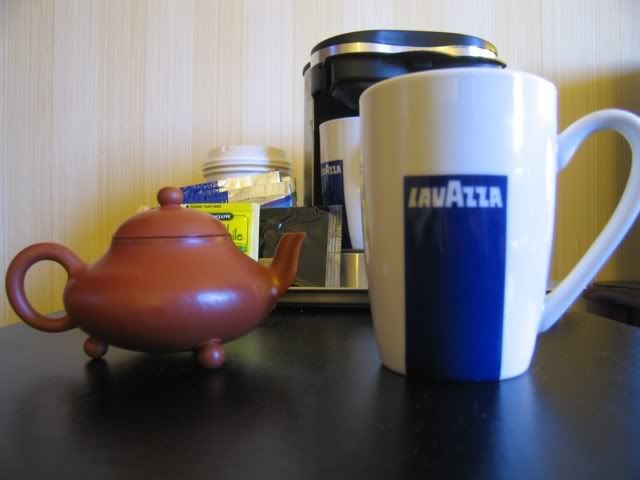

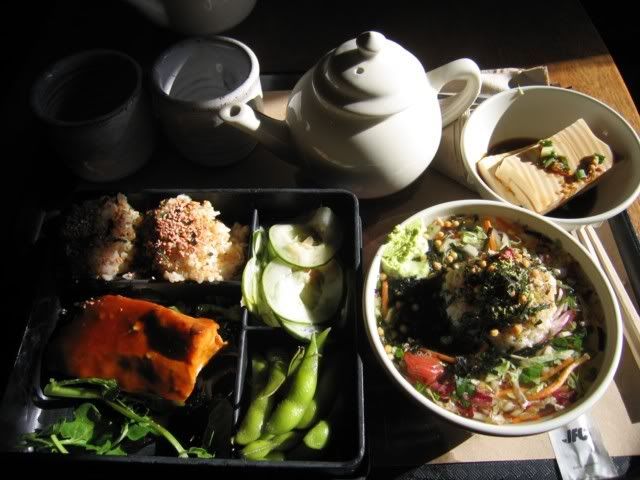
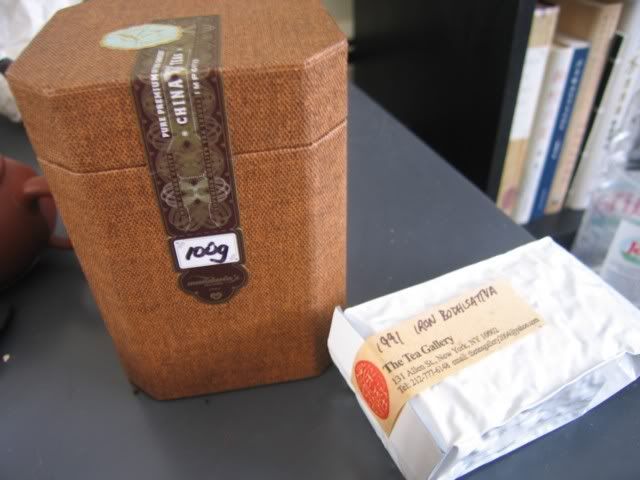
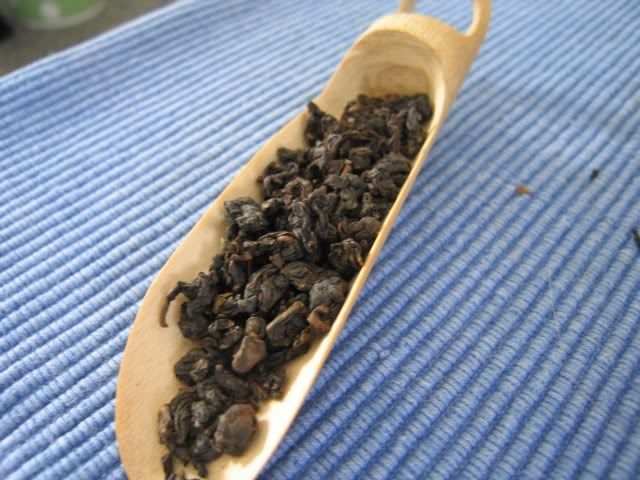
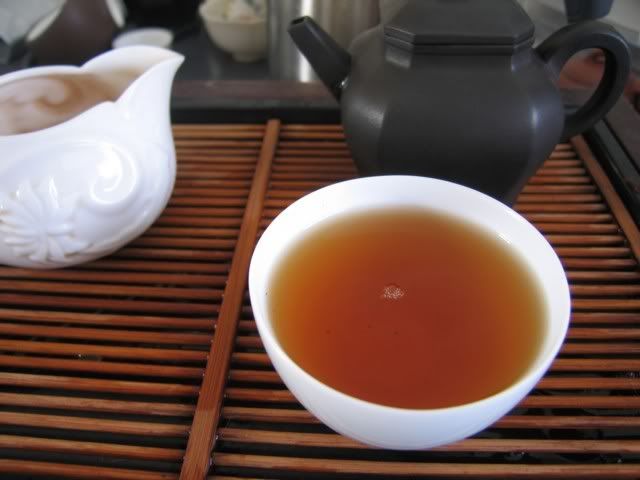
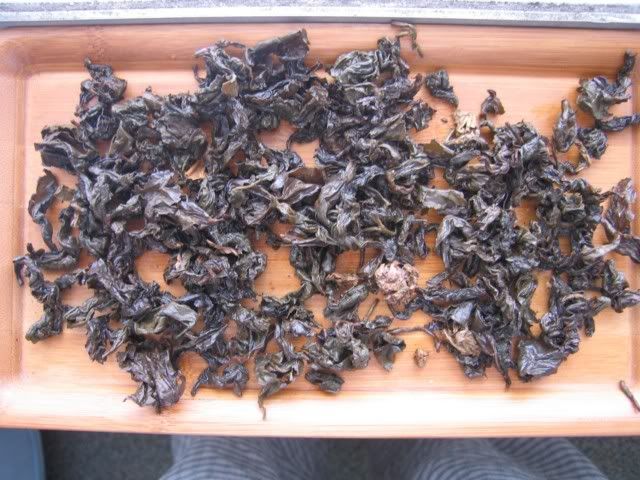
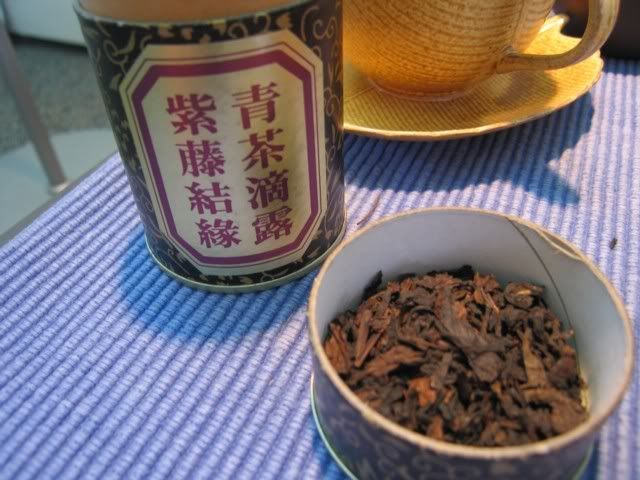
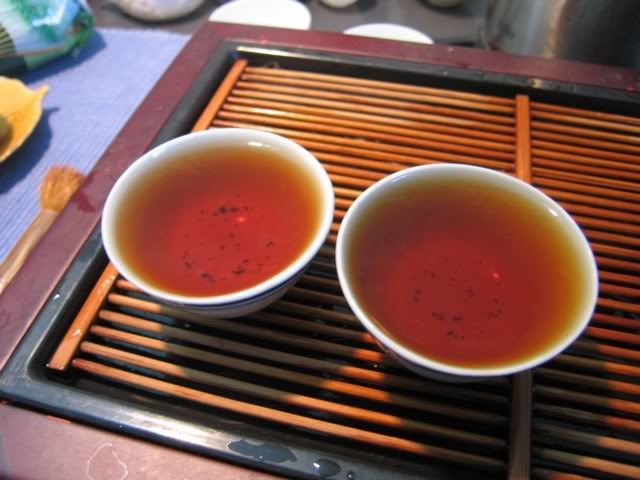

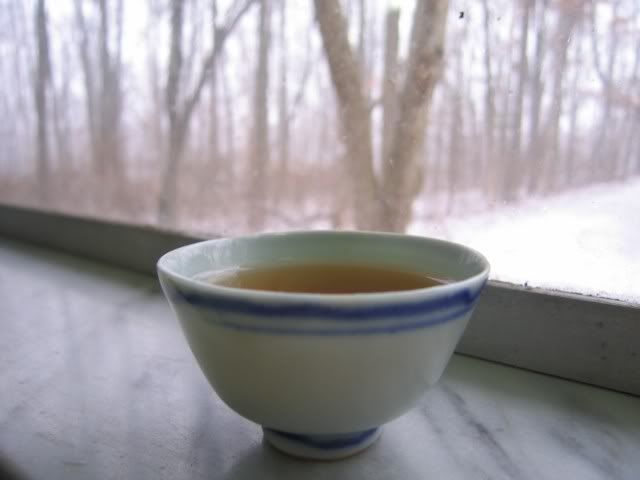
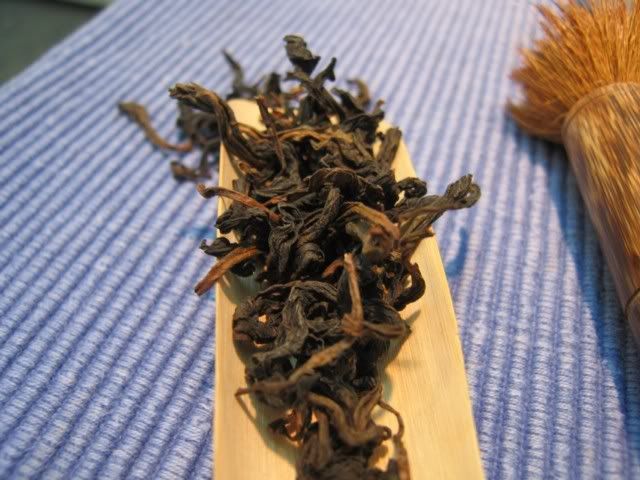
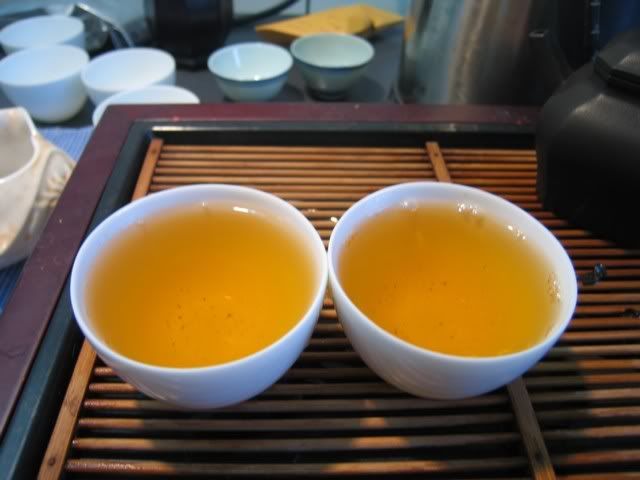

I just want to say that I still find your blog and writing extremely relevant. Thanks!